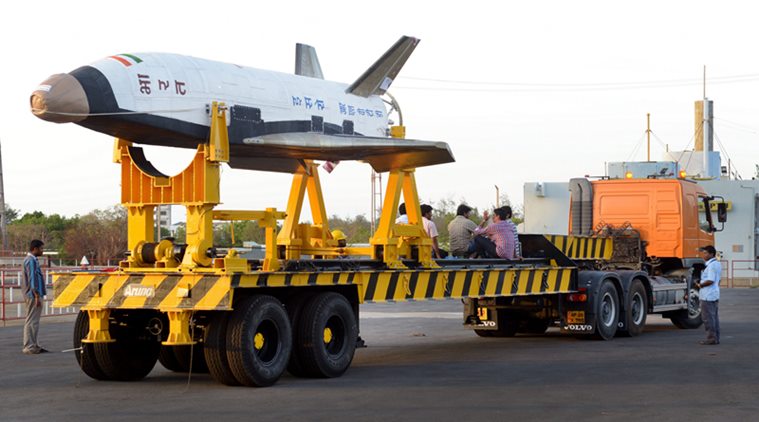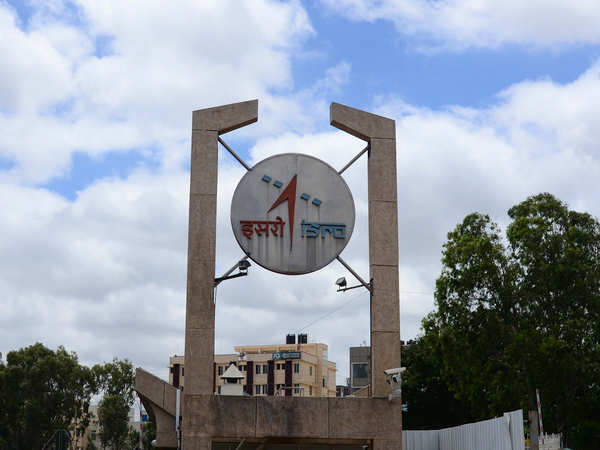India Space Launch
The next variant of gslv is gslv mk iii with indigenous high thrust cryogenic.

India space launch. The pslv will also. India has two operational launchers. It was launched by the indian space research organisations in october 2008 and operated until august 2009. Before the gaganyaan mission announcement in august 2018 human.
In its early years when headed by vikram sarabhai and satish. The vehicle was successfully inserted into lunar orbit on 8 november 2008. Gslv with indigenous cryogenic upper stage has enabled the launching up to 2 tonne class of communication satellites. Indias space agency is yet to give more details on why the launch was delayed and how it will affect the timeline.
The mission included a lunar orbiter and an impactor. Launchers or launch vehicles are used to carry spacecraft to space. Polar satellite launch vehicle pslv and geosynchronous satellite launch vehicle gslv. The indian space research organization isro launched its most powerful and heaviest rocket yet monday june 5 sending a communications satellite into orbit in a successful debut flight.
The previous record was held by russia which sent 37 satellites into orbit in 2014. India launched 104 satellites from a single rocket on wednesday the most by any country in a single mission. Indias polar satellite launch vehicle pslv designated pslv c49 will launch the risat 2br2 radar earth observation satellite for the indian space research organization. The mission was a major boost to indias space program as india researched and developed its own technology in order to explore the moon.
Indias satellites and satellite launch vehicles have had military spin offs. Indias first moon mission chandrayaan 1 which launched in 2008 resulted in. While indias 93124 mile 150200 kilometre range prithvi missile is not derived from the indian space programme the intermediate range agni missile is drawn from the indian space programmes slv 3. The first crewed flight is planned with a spacecraft called gaganyaan for december 2021 on a gslv mark iii rocket.




